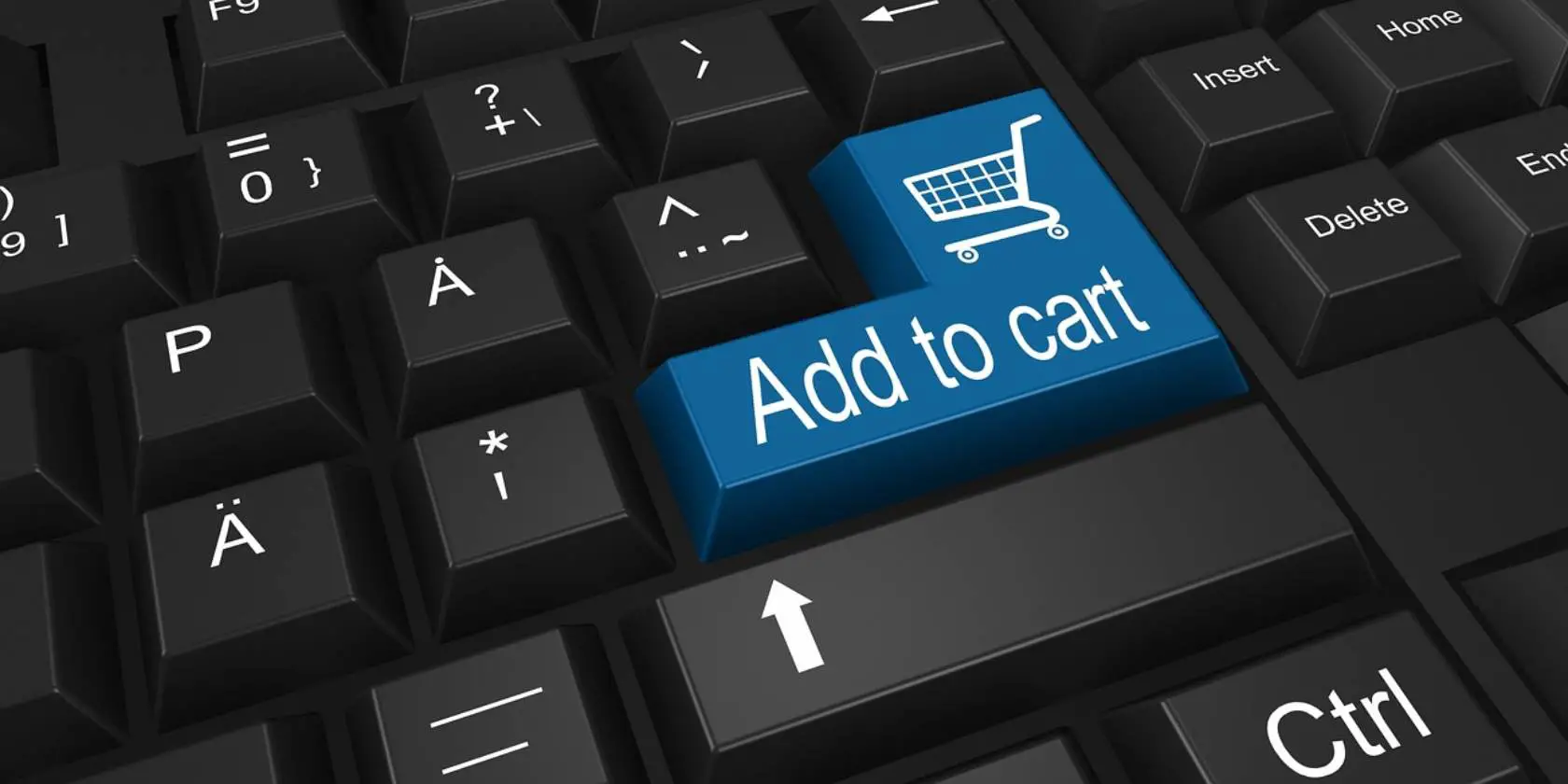In a world of digital convenience, where online subscriptions and services seamlessly integrate into our lives, it’s not uncommon to come across charges on our bank statements that might raise a few questions.
One such charge that you might encounter is the AMZN Digital charge. In this article, we’ll delve into what the Amazon Digital charge entails, how to identify it in your bank statement, and steps you can take to prevent any unexpected surprises in the future.
What Is the Amazon Digital Bank Charge?
The Amazon Digital charge represents a financial transaction that corresponds to your engagement with a variety of digital services and products offered by Amazon.
In today’s interconnected world, where digital convenience is a norm, this charge underscores your usage of a wide spectrum of offerings designed to enhance your entertainment, knowledge, and convenience.
This charge is directly linked to a range of digital products and services provided by Amazon. These offerings encompass popular services such as Amazon Prime, Prime Video, Audible, Kindle, and Amazon Music.

Each of these services serves a distinct purpose, catering to your needs for entertainment, information, and convenience within the digital realm.
When this charge appears on your bank statement, it serves as a clear indicator that you’ve engaged with Amazon’s digital ecosystem. The exact amount of the charge varies based on factors such as your subscription plan and whether you hold a Prime membership.
Importantly, most of these services provide initial trial periods, typically spanning from 30 to 90 days. Once the trial period concludes, Amazon’s automated billing system triggers the charge, leading to its appearance on your bank statement.
If you’re ever uncertain about a charge that appears as an AMZN Digital transaction, you can take proactive steps to investigate and address the situation. By logging in to your Amazon account and navigating to the “Accounts and Lists” section, you can access your payment details.
From there, select the “Transactions” option to cross-reference the listed transactions with your bank statement. Should any discrepancies or unexplained charges arise, don’t hesitate to seek assistance from Amazon’s customer service team.
Amazon Digital vs. Amazon Prime
Amazon Digital represents a category of charges that you might encounter on your bank statement, reflecting your utilization of Amazon’s various digital products and services.
These offerings encompass a wide spectrum, ranging from Amazon Prime and Prime Video to Audible, Kindle, and Amazon Music.
Each of these services caters to distinct needs and preferences, offering entertainment, knowledge dissemination, and convenience in the digital landscape.

On the other hand, Amazon Prime is a comprehensive subscription program that extends beyond digital content. It encompasses a range of benefits that transcend the digital realm, such as expedited shipping for eligible products, access to exclusive deals, and the ability to borrow eBooks from the Kindle Owners’ Lending Library.
While Amazon Prime does provide access to digital content like Prime Video and Prime Music, it offers a holistic membership experience that goes beyond digital entertainment alone.
To understand the unfamiliar entry on your bank statement, explore what CRO means in your financial transactions.
How Does the Amazon Digital Charge Appear?
The appearance of the Amazon Digital charge on your bank statement is a straightforward indicator of your engagement with Amazon’s digital services.
When you review your statement, you’ll find entries that align with various transactions related to these services. These entries may include:
- AMZN Digital
- AMZN MKTP US
- Amazon Digital Svcs
- Amazon Digital Services
- AMZN Digital 888-802
- AMZN Mktp CA
These entries signify the financial transactions associated with your use of Amazon’s digital products and services, such as Amazon Prime, Prime Video, Audible, Kindle, and Amazon Music.
Each of these services caters to distinct aspects of your digital experience, offering entertainment, knowledge, and convenience in various forms.
The appearance of these entries on your bank statement serves as a clear reminder of your engagement with Amazon’s offerings and the value they bring to your digital life.
Delve into the details behind the BGC notation on your bank statement to gain clarity on the charge.
How to Prevent Unknown Amazon Digital Charges
Understanding how to prevent unknown Amazon Digital charges is essential in maintaining control over your digital subscriptions and ensuring a clear financial record.
By following a few simple steps and staying vigilant, you can effectively safeguard yourself against unexpected charges.
1. Regular Statement Review
A fundamental step in preventing unknown Amazon Digital charges is to regularly review your bank statements. Set aside time each month to go through your transactions in detail.
This practice not only helps you catch any unfamiliar charges promptly but also keeps you informed about your financial activities.
2. Monitor Subscription Expiry
Be aware of the trial periods associated with various Amazon Digital services. Once the trial ends, you might automatically be charged for the service.
Make a note of these trial periods and set reminders to cancel or continue the subscription based on your preferences.
3. Manage Payment Methods
Keep a close eye on the payment methods linked to your Amazon account. Ensure that the registered payment methods are up-to-date and accurate.
This helps avoid failed payments, which can sometimes result in additional charges.
4. Cancel Amazon Digital Services
If you’ve availed yourself of a trial period but decide the service isn’t right for you, remember to opt out or cancel the subscription before the trial concludes.
This prevents any unexpected charges from appearing on your bank statement.
5. Contact Customer Service
Should you encounter an unknown Amazon Digital charge, don’t hesitate to reach out to Amazon’s customer service.
They can assist in clarifying the charge and, if needed, initiate a refund for any unauthorized transactions.
6. Secure Your Account
Maintain strong security practices for your Amazon account. Use a unique password, enable two-factor authentication, and regularly update your account information.
This adds an extra layer of protection against unauthorized access and potential fraudulent activities.
7. Educate Yourself
Stay informed about Amazon’s various digital services and their associated charges. Knowing the standard prices for subscriptions and purchases helps you identify any discrepancies in your bank statements.
8. Review Transaction History
Within your Amazon account, you can access your transaction history. Regularly reviewing this history allows you to cross-reference your bank statement and ensures that all charges are accounted for.
By adopting these preventive measures, you can significantly reduce the likelihood of encountering unknown Amazon Digital charges.
Vigilance and proactive management of your subscriptions and transactions are key to maintaining control over your financial records and enjoying a seamless digital experience.
Curious about the BFCB entry on your bank statement? Find out what this specific charge refers to and gain insights.
Understanding Unauthorized Amazon Digital Bank Charges
In the evolving landscape of digital services, understanding the charges on your bank statement is paramount. The AMZN Digital charge signifies your usage of Amazon’s array of digital products, each designed to enhance your entertainment, knowledge, and convenience.
By keeping a vigilant eye on your bank statements and following the steps outlined here, you can ensure that your financial records remain clear of any surprises and that your digital experiences continue to enrich your life.

…there was a charge on my account listed as…”Tip Charge”….I couldn’t believe I was charged this $5.00…I always thought customer service was a given and no charge…Amazon never did solve my issue…I solved it myself…and I didn’t even talk to a live agent….this makes me very unhappy with Amazon…thank you